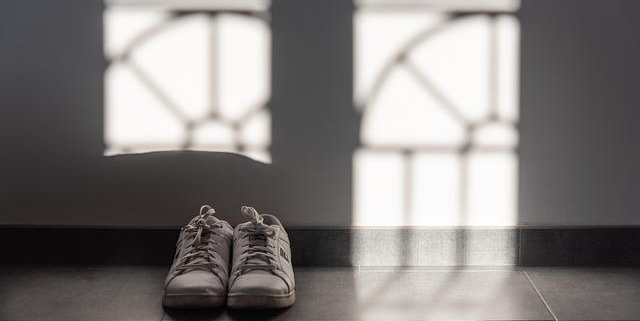The Role of Footwear in MSK Health: Choosing the Right Shoes
Your feet are your foundation. They support your entire body, absorbing impact with every step. wearing the wrong shoes can throw off your body’s alignment, leading to pain and problems in your feet, ankles, knees, hips, and even your back. That’s why choosing the right footwear is crucial for good musculoskeletal (MSK) health.This article will guide you through finding the perfect shoes to keep you moving comfortably and pain-free.
Why Proper Footwear Matters
Supportive footwear is essential for preventing a range of MSK issues. Ill-fitting shoes can contribute to:
Foot Pain: Conditions like plantar fasciitis (heel pain), bunions, and hammertoes can be aggravated or even caused by improper footwear.
Ankle Sprains: Shoes without adequate ankle support increase your risk of twisting your ankle.
Knee Pain: Shoes that don’t absorb shock properly can put extra stress on your knees, leading to pain and inflammation.
Hip and Back Pain: Poor foot alignment can affect your posture and gait, causing pain in your hips and back.
Finding Your Perfect Fit: A Step-by-Step Guide
Choosing the right shoes isn’t just about style; it’s about function and fit. follow these steps to find shoes that support your MSK health:
1. Know Your Foot Type:
Normal Arch: Your footprint shows a distinct curve along the inside. You need shoes with moderate arch support.
High Arch: Your footprint shows a very high arch with a narrow connection between the heel and forefoot. Look for cushioned shoes with plenty of arch support.
Flat Foot (Low Arch): Your footprint appears flat, showing most of your sole. You need shoes with motion control and good arch support to prevent overpronation (rolling inward of the foot).
Tip: Wet your feet and step onto a dark surface to see your footprint.
2. Measure Your feet:
Foot Length: Measure both feet, as they may be slightly different sizes. Always choose shoes that fit the larger foot.
Foot Width: Don’t just rely on standard widths (like medium or wide). Have your foot width measured to ensure a comfortable fit.
Tip: Measure your feet at the end of the day when they are slightly swollen.
3. Consider Your Activity:
Everyday Shoes: Choose comfortable shoes with good arch support and cushioning.
Athletic Shoes: Select shoes designed for your specific sport. Running shoes, for example, offer different levels of cushioning and support then basketball shoes.
Work Shoes: If you stand for long periods,choose shoes with excellent shock absorption and arch support. Safety shoes might potentially be required in certain work environments.
4.Look for Key Features:
Arch Support: This helps distribute your weight evenly and prevent overpronation or supination (rolling outward of the foot).
Cushioning: Absorbs shock and reduces stress on your joints.
Heel Counter: A firm heel counter provides stability and helps prevent ankle injuries.
breathability: Look for shoes made of breathable materials to keep your feet dry and prevent fungal infections.
Adaptability: The shoe should bend easily at the ball of the foot, allowing for a natural gait.
5. Try shoes On Properly:
Wear the socks you’ll typically wear with the shoes.
Walk around the store for a few minutes to test the fit and feel.
Make sure there’s enough room in the toe box – about a thumb’s width between your longest toe and the end of the shoe.
Maintaining Your Footwear
Replace your shoes regularly. The cushioning and support break down over time.
Keep your shoes clean and dry.
* Use shoe inserts or orthotics if recommended by your doctor or physical therapist.
Taking the Next Step
choosing the right footwear is a meaningful step towards better MSK health.By following these tips, you can find shoes that support your feet and keep you moving comfortably. For further information, consult with a podiatrist or physical therapist. They can provide personalized recommendations based on your individual needs and foot type. You can also find additional resources on the American Podiatric Medical Association (APMA) website.









